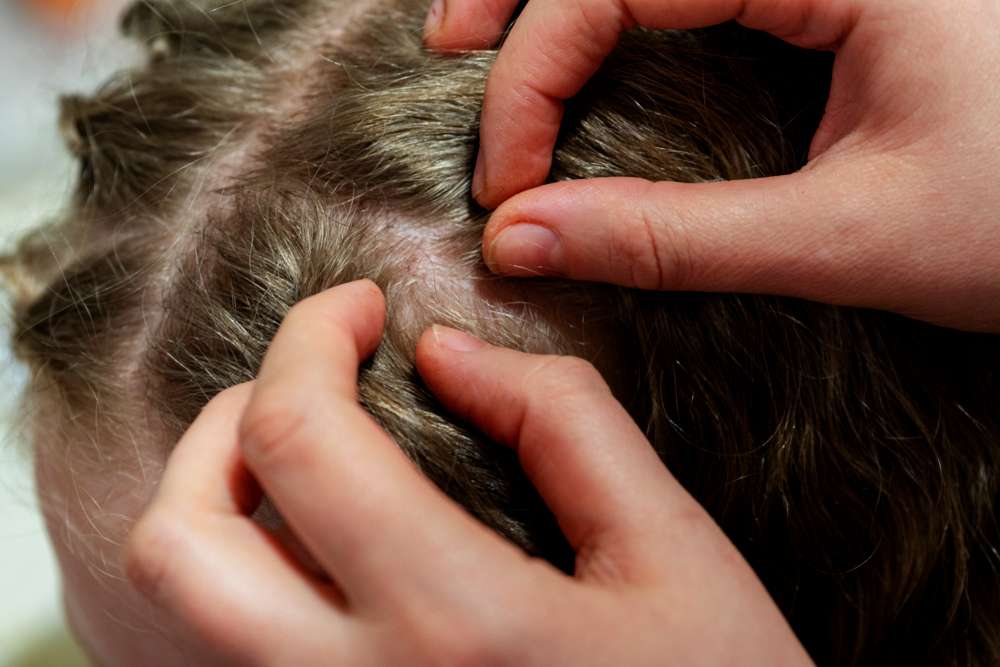Warts Treatment: Causes, Options, and What to Expect
Warts are common skin growths caused by strains of the human papillomavirus (HPV). They can appear on hands, feet, and other areas and vary in appearance and discomfort. Understanding how the virus spreads, what raises the risk of infection, and which treatment options are appropriate helps people manage warts effectively and reduce recurrence.

This article is for informational purposes only and should not be considered medical advice. Please consult a qualified healthcare professional for personalized guidance and treatment.
What causes warts and how does the virus spread?
Warts form when the human papillomavirus (HPV) infects the top layer of skin, often entering through small cuts or abrasions. Different HPV strains tend to cause distinct wart types, such as common warts on fingers or plantar warts on the soles. The virus spreads through direct skin-to-skin contact or indirectly via shared surfaces, towels, or wet floors. Factors that increase susceptibility include weakened immunity, frequent exposure to wet environments, and skin damage. Good hygiene, avoiding contact with others’ warts, and covering affected areas can reduce transmission risk.
How do warts affect the skin and infection risk?
Warts are generally benign but can be persistent and sometimes painful, particularly when located on weight-bearing parts of the foot. They are not the same as bacterial skin infection; however, picking or attempting to remove a wart on your own can break the skin and introduce bacteria, increasing the chance of secondary infection. Warts may also spread locally, creating clusters. For people with compromised immune systems or diabetes, warts can be harder to treat and more likely to cause complications, so monitoring and professional assessment are important.
Which treatment options are available for a wart?
Treatment choices include over-the-counter preparations, prescription topical medications, cryotherapy (freezing), electrosurgery, and minor surgical removal. Over-the-counter salicylic acid products work by softening and exfoliating infected skin and are often used for several weeks. Cryotherapy performed in clinics uses liquid nitrogen to destroy lesion tissue. Prescription agents may alter the immune response or chemically remove wart tissue. No single treatment guarantees immediate clearance; some require repeated sessions and patience. Treatment selection depends on wart type, location, patient age, and medical history.
How to choose a wart treatment and what to expect?
Selecting a treatment involves weighing effectiveness, side effects, recovery time, and convenience. For small, uncomplicated warts, daily salicylic acid with proper skin preparation is a reasonable first step. For larger or painful warts, clinic-based cryotherapy or minor excision may be recommended. Expect local discomfort, temporary redness, or blistering after procedural treatments. Multiple visits or rounds of topical therapy are commonly needed. Follow post-treatment care instructions to reduce scarring and lower recurrence risk. Discuss options with a healthcare professional to align treatment with personal preferences and medical considerations.
When to seek medical care or local services for warts?
Seek professional evaluation if a wart is painful, rapidly changing, bleeding, or located on the face or genitals. People with diabetes, peripheral vascular disease, or weakened immune systems should consult a healthcare provider before attempting self-treatment. Local services such as dermatology clinics and community health centers can offer diagnostic evaluation and procedural treatment. A clinician can confirm the diagnosis—distinguishing warts from other skin lesions—and recommend the safest, most effective approach based on individual factors and the risk of spread or infection.
Conclusion
Warts result from HPV infection of the skin and can be managed through a variety of approaches ranging from over-the-counter salicylic acid to professionally delivered cryotherapy or minor procedures. Preventive measures—good hygiene, protecting damaged skin, and avoiding direct contact with warts—help reduce transmission. Because treatments vary in effectiveness and impact, and because secondary infection or complications are possible, consulting a healthcare professional provides the most reliable path to appropriate care and follow-up.






